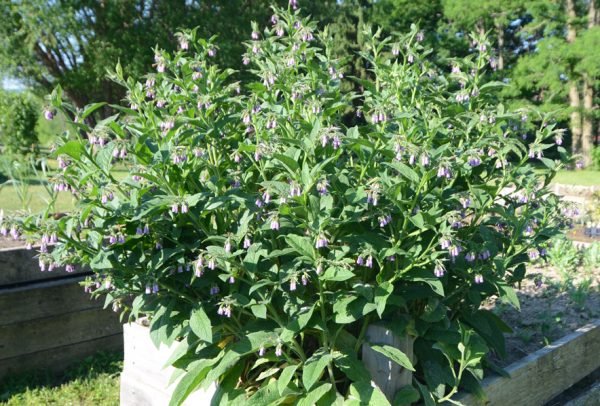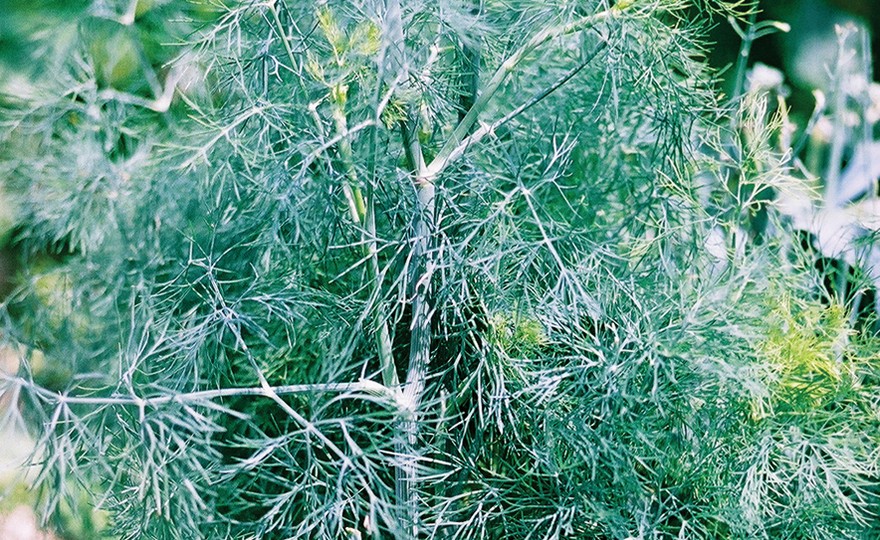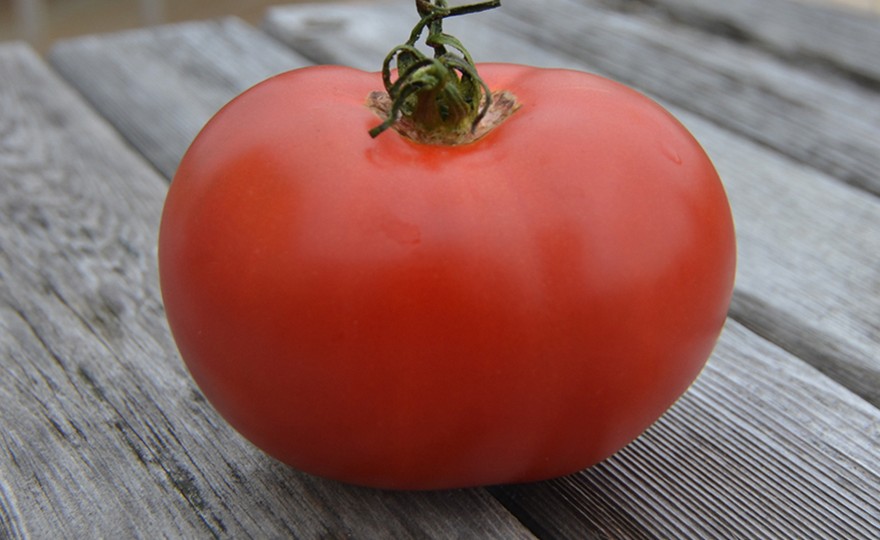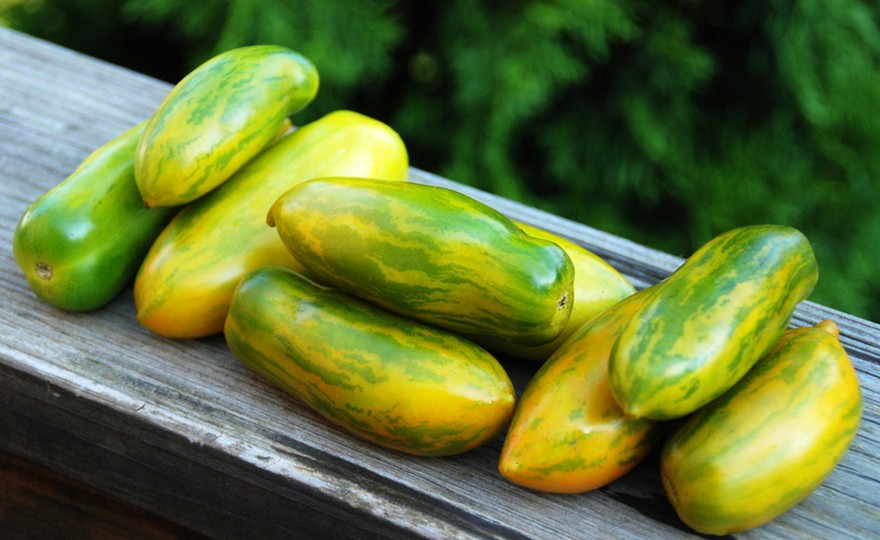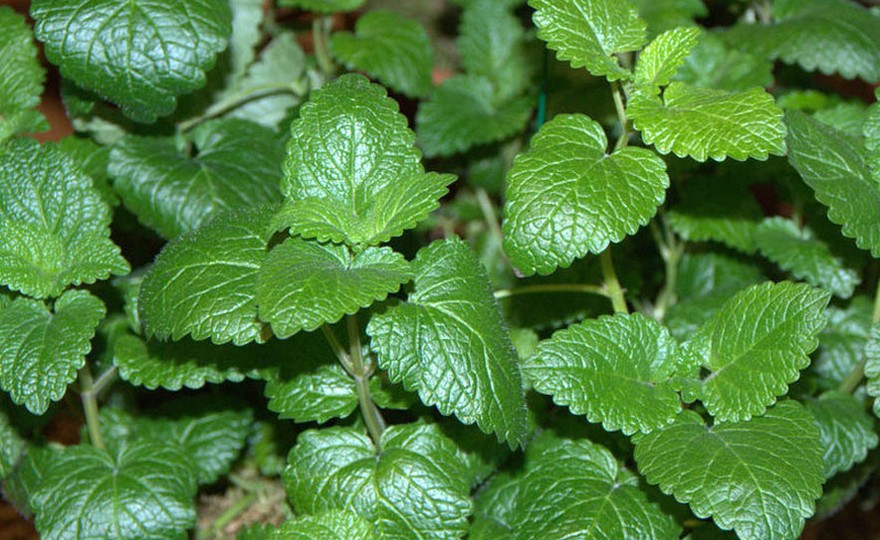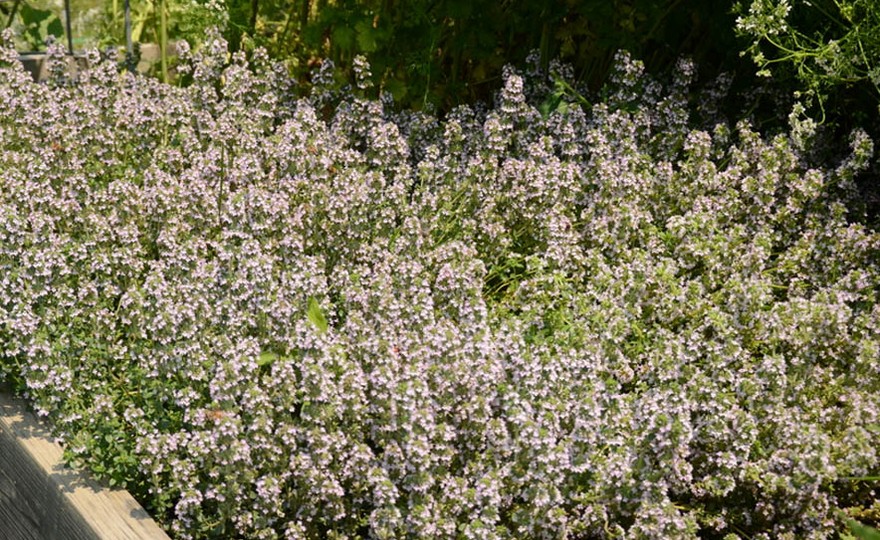
Herb, Comfrey
-
- **SOLD OUT** HOLIDAY GIFTS **SOLD OUT**
- **SOLD OUT** Holiday Books **SOLD OUT**
- **SOLD OUT** Holiday Citrus **SOLD OUT**
- **SOLD OUT** Holiday Gift Certificates **SOLD OUT**
- **SOLD OUT** Holiday Paperwhites **SOLD OUT**
- **SOLD OUT** Holiday Praying Mantis Kits **SOLD OUT**
- **SOLD OUT** Holiday Tools **SOLD OUT**
- **SOLD OUT** Holiday Wildflower Mixtures **SOLD OUT**
- Citrus Trees
- **SOLD OUT** - Vegetable and Herb Plants - Mix & Match any 6 Plants for $50 - Only Shipped in Quantities of 6
- Elephant Ear Plants & Roots
- **SOLD OUT** 4-Inch Pot Herb Plants **SOLD OUT**
- Rare Plants
- **SOLD OUT** Vining Plants **SOLD OUT**
- Asian Seeds
- Beneficial Bugs
- Books
- Citrus Fertilizers
- Cold-Treated Bulbs - SEE BULBS FOR FALL PLANTING TO ORDER
- Cold-Treated Allium
- Cold-Treated Chionodoxa
- Cold-Treated Crocus
- Cold-Treated Hyacinthoides
- Cold-Treated Hyacinthus Orientalis
- Cold-Treated Narcissus
- Cold-Treated Cyclamineus Narcissus
- Cold-Treated Double Heirloom Narcissus
- Cold-Treated Jonquilla Narcissus
- Cold-Treated Large Cupped Narcissus
- Cold-Treated Poeticus Narcissus
- Cold-Treated Small Cupped Narcissus
- Cold-Treated Species Miniature Narcissus
- Cold-Treated Split Cupped Narcissus
- Cold-Treated Tazetta Narcissus
- Cold-Treated Triandus Narcissus
- Cold-Treated Trumpet Daffodils
- Cold-Treated Ornithogalum
- Cold-Treated Rock Garden Iris
- Cold-Treated Scilla
- Cold-Treated Tulips
- Cold-Treated Emperor Tulips
- Cold-Treated Fringed Tulips
- Cold-Treated Green or Viridiflora Tulips
- Cold-Treated Lily Flowering Tulips
- Cold-Treated Parrot Tulips
- Cold-Treated Peony Flowering Tulips
- Cold-Treated Single Early Tulips
- Cold-Treated Single Late Tulips
- Cold-Treated Species Tulips
- Cold-Treated Triumph Tulips
- Flower Bulbs, Corms and Tubers
- Bulbs for Spring Planting
- Bulbs for Fall Planting - ALL BULBS AVAILABLE ARE COLD TREATED FOR PLANTING AS SOON AS SOIL CAN BE WORKED
- Fall Blooming Bulbs
- Garden Tools & Equipment
- Gift Certificates
- HHH Exclusive Wildflower Mixtures
- Wildflower Mixtures
- Heirloom Garlic
- Potatoes
- Roots & Sets
- Seeds
- Flowers
- Herbs
- Vegetables
- **SOLD OUT** HOLIDAY GIFTS **SOLD OUT**
-
- No products to compare
-
Quick Overview
HERB, Comfrey –
Symphytum officinale
FULL SUN OR PARTIAL SHADE Comfrey is easy to grow and incredibly vigorous. plants can be grown in full sun or partial shade in Hardiness Zones 7-10. They are hardy from Hardiness Zones 3-10. Comfrey is best grown from dividing the roots in late fall or early spring, but it can also be grown from seed (not recommended) or by taking cuttings at any time. The plants need to be set 3 feet apart, and since they easily reach heights of 3-5 feet should be set near the back of the garden or in an area by themselves. Roots should be buried about 4 inches deep. Lining the hole with fresh Comfrey leaves or dusting the surface of the soil with Comfrey powder provides the roots and/or young plants with great nutrition.
Comfrey will thrive when grown in a container. One plant per 10-12 inch diameter pot is recommended. Comfrey grown in pots will most likely reach heights of 2-3 feet. The plants can survive winters outside up to Hardiness Zone 3. They should be fertilized by placing a Comfrey leaf in the bottom of the hole where the young plant is going to be grown and with a monthly dusting of Comfrey powder. As with Comfrey plants grown in the garden, the potted plants should be harvested from 3-5 times during the growing season.
| Type | Spacing | Planting Depth | Days to Germination | Maturity |
| Annual | 2-3 feet | 1/4 in. | 10-15 | 75-90 |

Herb, Comfrey
Comfrey was cultivated by the ancient Greeks and Romans and probably by even more ancient cultures like the Egyptians and the Etruscans. By 400 B.C. its healing qualities were well known and routinely practiced. The healing compound in Comfrey is allantoin. This compound has been found in the breast milk of nursing mothers and in the fetal allantois, a tubelike sack which eventually becomes part of the fetal placenta. Though the mechanism is not well understood, it is known that allantoin affects the multiplication of cells and tissue growth. The result is that when a poultice of allantoin is applied to wounds and burns, they tend to heal more quickly. It is also recognized that allantoin is effective in destroying harmful bacteria. When an extract of allantoin is applied topically to infections on farm animals and humans, healing occurs faster. Applying a mucilaginous cream made of the crushed roots to skin, especially facial skin, soothes and softens the skin.
Comfrey is a pollinator magnet. Bees, butterflies, beneficial moths and other insects are strongly attracted to the gently lovely purple blossoms which develop in abundance in clusters all over the plant. The dense foliage with its large, heavy leaves shades the garden soil providing a welcoming habitat for other beneficial insects.
Perhaps Comfrey’s most significant qualities are related to what the plant does for garden soil. The fat roots aerate heavy clay soils breaking them up into much more amenable loam. When added to a new compost pile containing lots of dried brown horticultural material, the Comfrey leaves act as a bio-activator balancing the carbon-to-nitrogen ratio and thus speeding up decomposition. A tea made of crushed Comfrey leaves, to which has been added sufficient water to liquefy, poured over the compost pile, hastens composting. The tea acts in the same way as chewing food, and the resulting pre-digestion nourishes beneficial microorganisms in the compost pile causing them to work faster and more efficiently. The result is that the finished compost will have a significantly higher nutrient content.
Comfrey is not one of the richest sources of soil’s major nutrients – nitrogen, phosphorus and potassium (NPK), but these nutrients in Comfrey are more easily and effectively available to plants that have been fertilized with a Comfrey fertilizer. Animal manures can burn plants and their root systems when added during the growing season, but Comfrey green manure can be added throughout the growing season. Comfrey manure is also a rich source of calcium and manganese.
A powder made of dried Comfrey leaves is an excellent, high strength fertilizer and can be applied several weeks before the planting season begins. Also, lining the hole dug to plant seedlings like tomatoes, peppers, cucumbers, squash, herbs and perennials like fruit trees, berry bushes, asparagus, rhubarb and horseradish provides excellent nutrition for the young plants.
Finally, Comfrey leaves make an outstanding mulch. The broad heavy leaves keep the soil moist, protect the indigenous, beneficial microorganisms and as the leaves decompose provide rare nutrients. They are very effective in preventing weed growth.
The absolutely best soil mix for containers is 60% crummy backyard soil, 20% peat moss and 20% dehydrated cow manure or, even better, compost.
The Best Soil Mix for Containers

